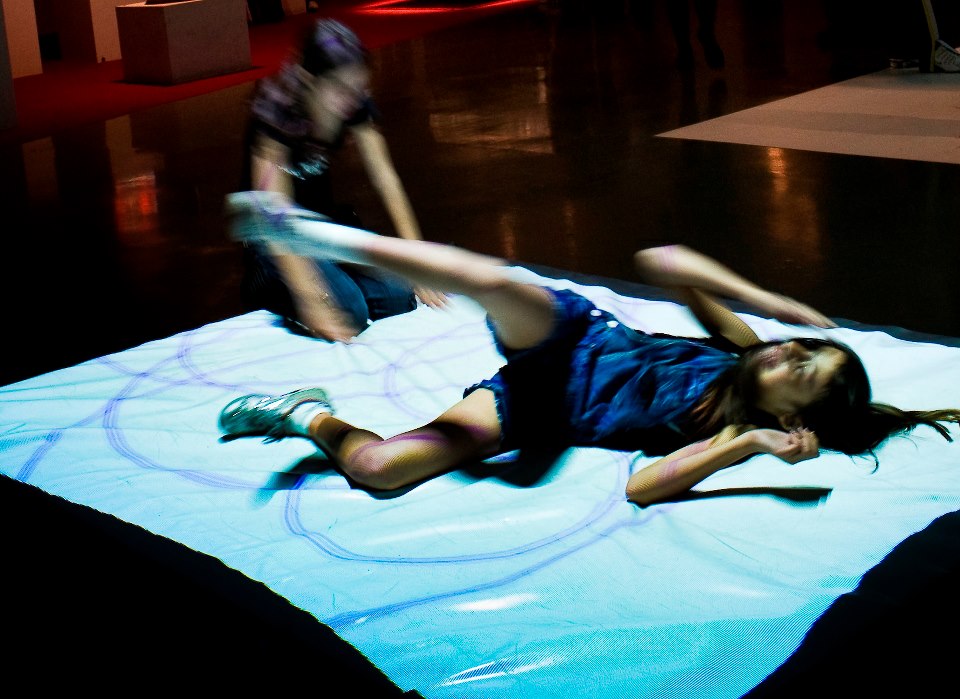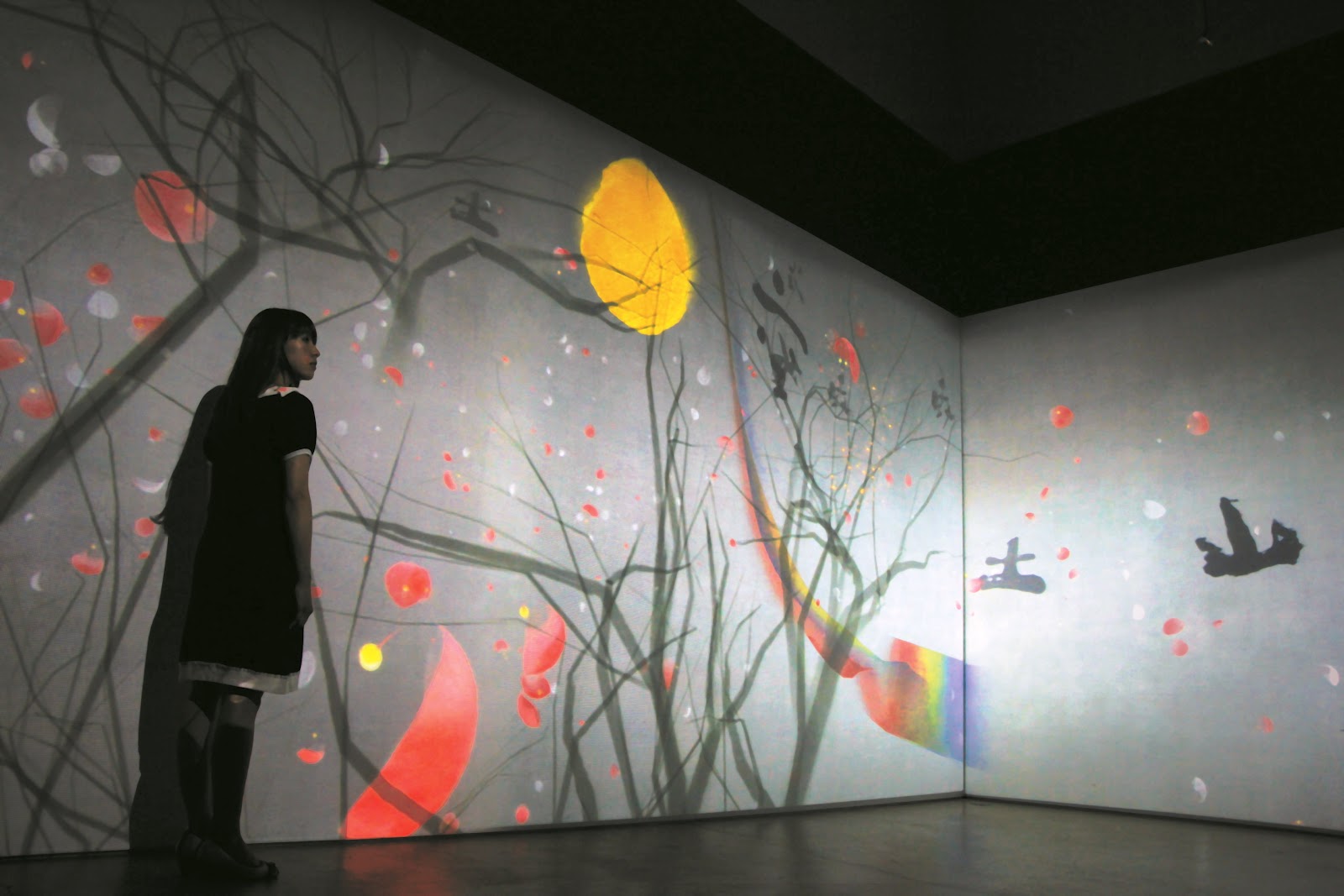
sarah oppenheimer
N-01
The artist creates an unprecedented visuospatial system that transforms the historical museum and its viewers alike.Visitors are kindly invited to touch and move the black metal and glass elements of the artwork.The built environment is inhabited through an array of inputs and outputs. Our bodies set in motion invisible chains of cause and effect. Enter a room: lights turn on. Turn a handle:a door opens. This relay is modulated through system controllers, devices programmed to respond to moving bodies and aural commands. Buried within walls, floors and ceilings, building networks are a black box.












